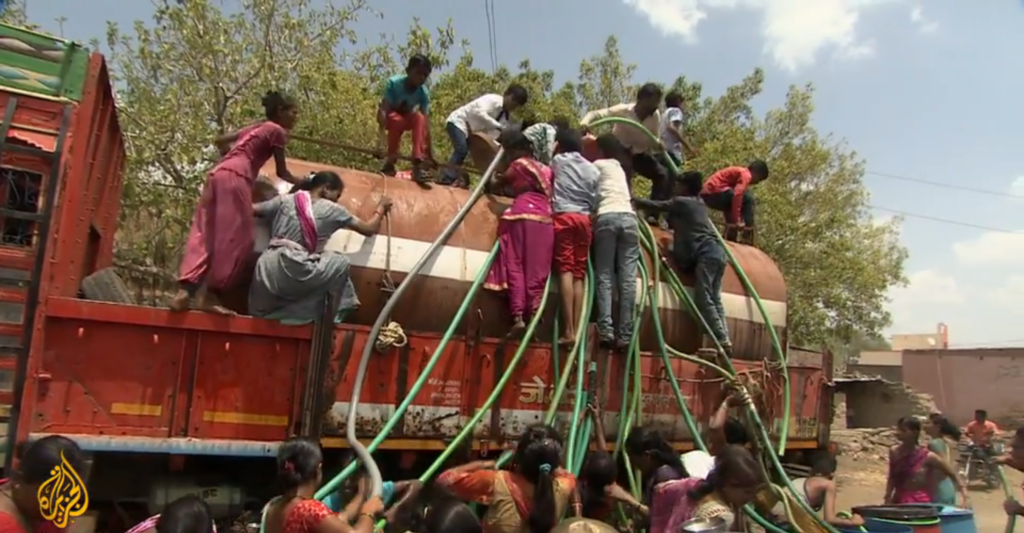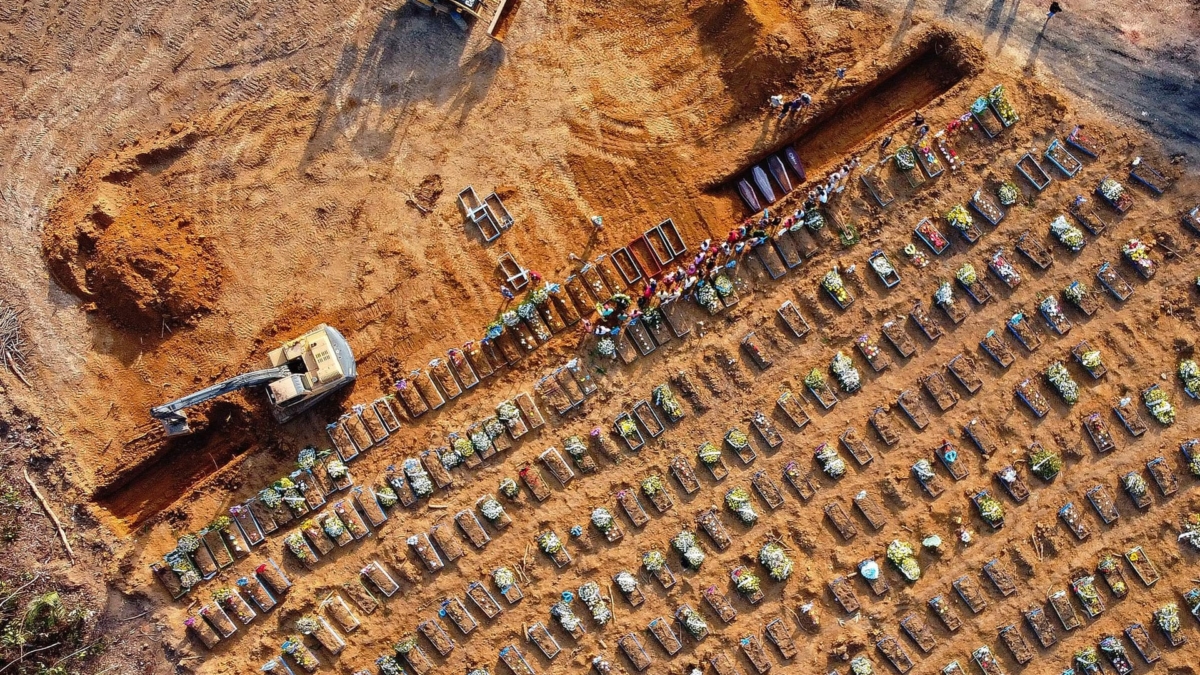Inside India’s water crisis: Living with drought and dry taps – “There is no rainfall, so the land is of no use. We can’t grow anything.”
MAHARASHTRA, 27 July 2019 (Al Jazeera) – This year, large parts of India have seen the worst drought in decades.
The monsoon, which usually provides some relief, was weeks late and when it finally arrived, it was once again deficient, with less rainfall than expected.
Despite India’s economic growth in recent years, it remains one of the most unequal societies in the world. And that inequality can be seen in people’s access to life’s most basic necessity: water.
A government report found that 600 million Indians – nearly half the population – are facing acute water shortages.
While swimming pools in luxury hotels remain full, three quarters of the population do not have drinking water in their homes.
The effects of the drought are seen most clearly in rural India. About 300,000 Indian farmers have killed themselves in the past 25 years, and many more have deserted their crops to move to cities in search of work, leaving behind the elderly.
In the state of Maharashtra is one of the worst-affected regions.
“There’s no water for humans. There’s no water for animals. There’s no water for trees … it hasn’t rained,” says Sitabai Gaikwad, a school teacher in Ahir Wadgaon village.

Villagers there sometimes wait for days before government tankers carrying water trucks, where they desperately need them. But the trucks only provide about 20 litres per person a day, which people ration for everything including drinking, cooking, bathing and house work.
“Life is very hard because of the water situation … We have water when the tanker comes. People who can’t manage to put their pipes in the tanker don’t have water that day,” Gaikwad says. “There are older people who don’t manage to get water. Everyone’s worried about themselves because of the water situation.”
In Maharashtra, more than 6,000 tankers supply water to 15,000 villages every day – 1,000 of these are government tankers which provide water for free. […]
Panduram More, a labourer, left his 40,000 square metre cotton farm to move to the city of Aurangabad.
“There is no work, so I had to migrate here and live in this small room,” he says. “There is no rainfall, so the land is of no use. We can’t grow anything.”
If the drought continues, “life will be bitter,” he says. “We won’t be able to survive.” [more]
Inside India’s water crisis: Living with drought and dry taps
